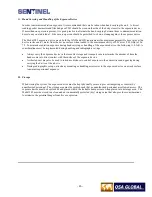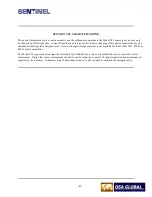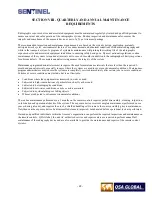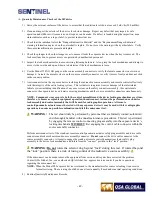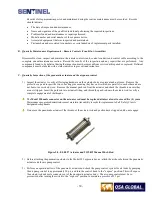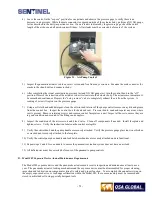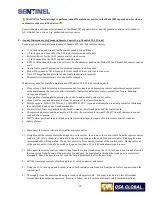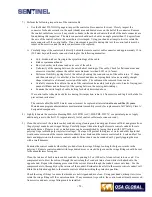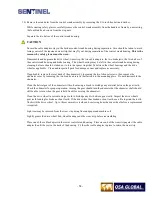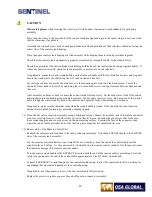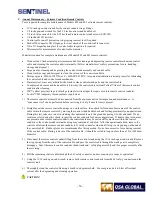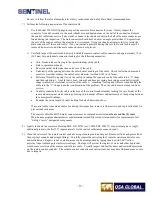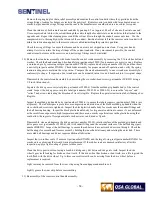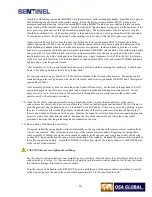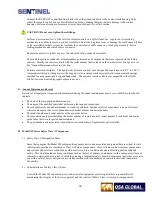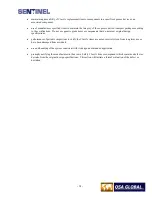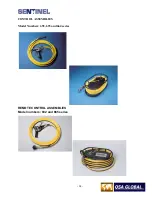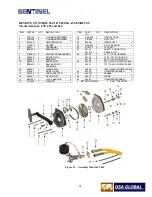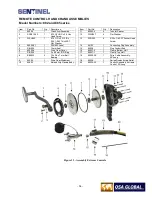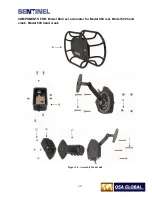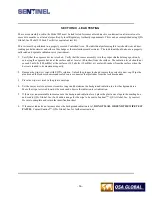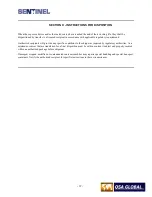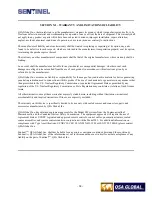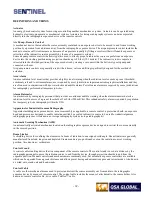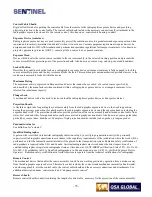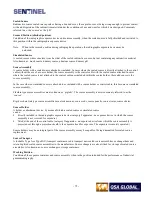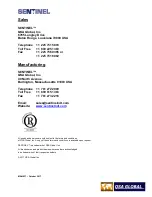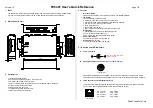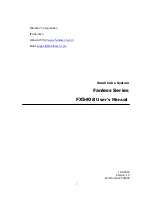
- 60 -
Connect the RETRACT control housing (black side of the joined conduits) to the control crank housing. Fully
retract the remote control drive cable while feeling for any binding that may indicate damage to the control
housings. Perform a freedom of movement test as described part two of this section.
CAUTION! Do not over-tighten these fittings.
Perform a “misconnect test” of the serviced remote controls on a QSA Global, Inc. exposure device locking
mechanism to confirm the remote control assembly is free from long term wear, or damage the could cause a failure
of the interrelated failsafe system that includes the control drive cable connector, safety plug assembly, device
locking mechanism and sealed source connector.
Replace the protective rubber cap over the end of the safety connector assembly.
Record all inspections conducted, all maintenance performed and components that were replaced on the remote
controls. Identify the remote controls with the serial number that is etched on the stainless steel drive gear cover.
See “Annual Maintenance Records” section.
Extreme controls descriptive: The lightweight, extreme controls were designed for operation in -40° C to 100° C
temperatures while providing users with a rugged, water-resistant, crush-resistant weld-joined control housings
matched to an ergonomically designed hand crank. The extreme remote controls are compatible with all QSA
Global, Inc. crank-out radiographic exposure devices.
G.
Annual Maintenance Records
Records of all equipment inspected and maintained during the annual maintenance must be recorded. Records should
indicate:
•
The date of the inspection and maintenance.
•
The name of the qualified individual performing the required inspections.
•
Record problems found and maintenance or repairs performed. Include results of misconnect tests on all remote
controls and exposure devices by manufacturer, model number and serial number.
•
The model number and serial number of the exposure device.
•
The associated equipment including the model number of remote controls (serial number if serialized) and source
guide tubes that were inspected and maintained.
•
The part numbers and associated lot numbers or serial numbers of replacement parts installed.
H.
Model 989 Series Safety Class A Components
1)
Safety Class A Designation Items
Items that comprise the Model 989 radiographic exposure device and associated equipment that are critical for safe
radiological operation are classified as Class A items or components. Class A items can be structures, components
and systems whose failure or function could directly result in a condition adversely affecting public health and
safety. This would include extreme conditions such as the loss of primary containment with a subsequent release of
radioactive material and/ or a loss of shielding creating a substantial safety hazard. Replacement parts that are sent to
you with a safety Class A designation are clearly marked with lot numbers and contain instructions to maintain
traceability.
2)
Considerations of Safety Class A Items
Users of the Model 989 exposure devices and associated equipment must recognize their responsibilities of
maintaining the integrity of the device approval and the control of Safety Class A items and components by:
Summary of Contents for 989
Page 1: ...MAN 037 October 2017 ...

